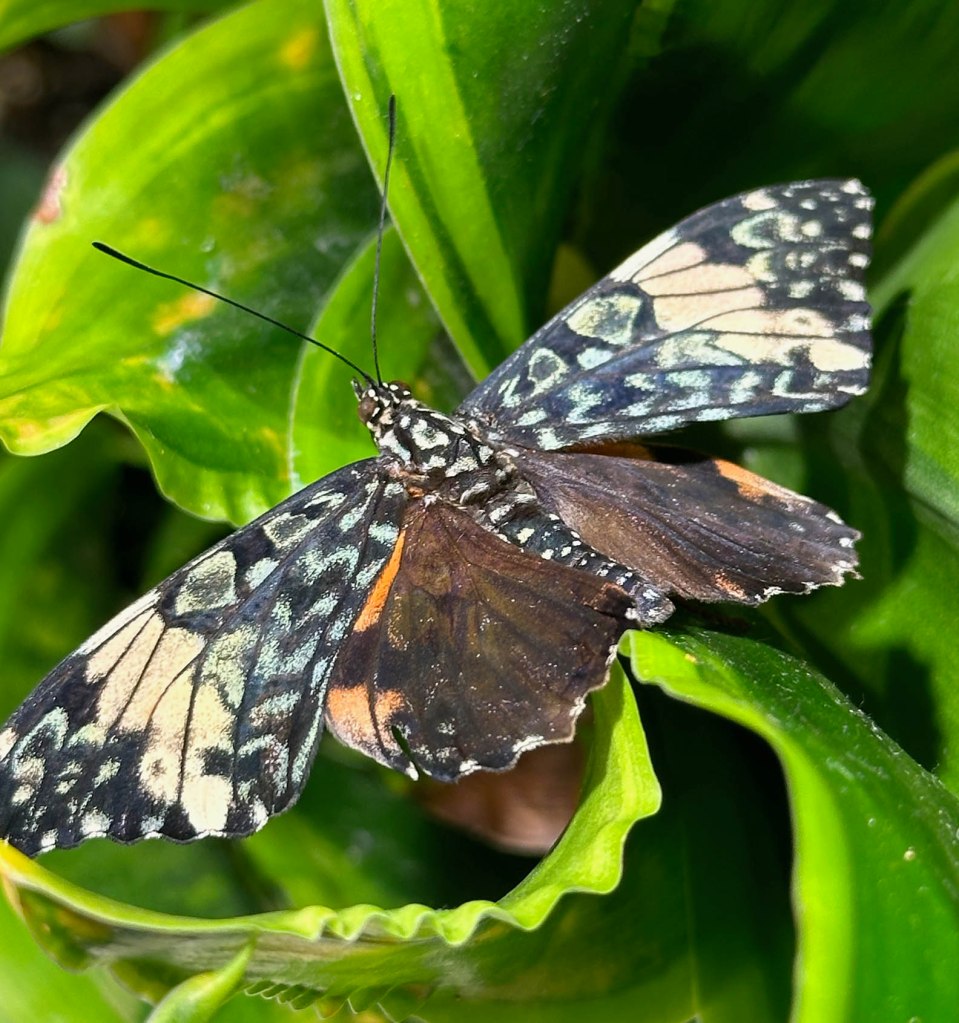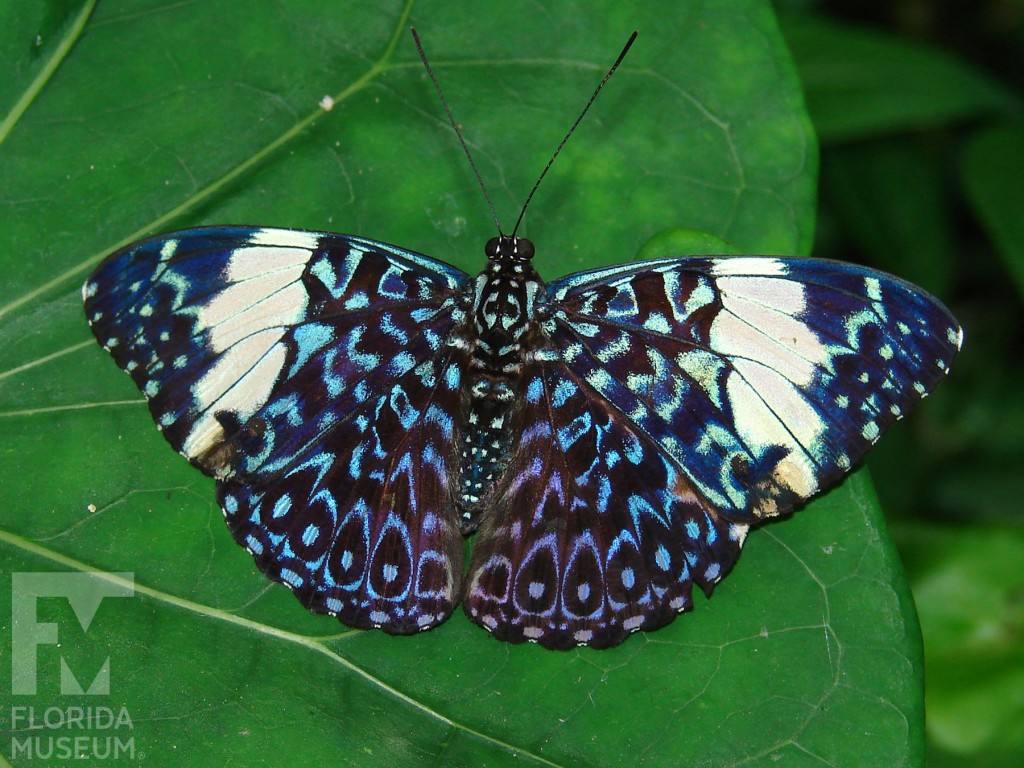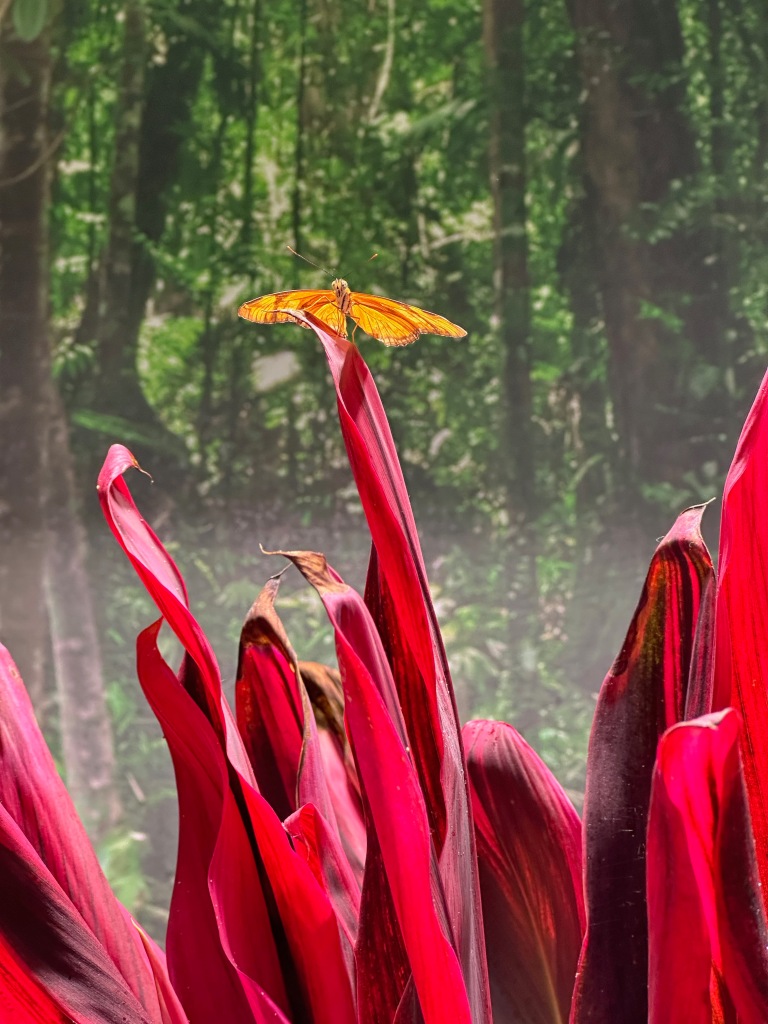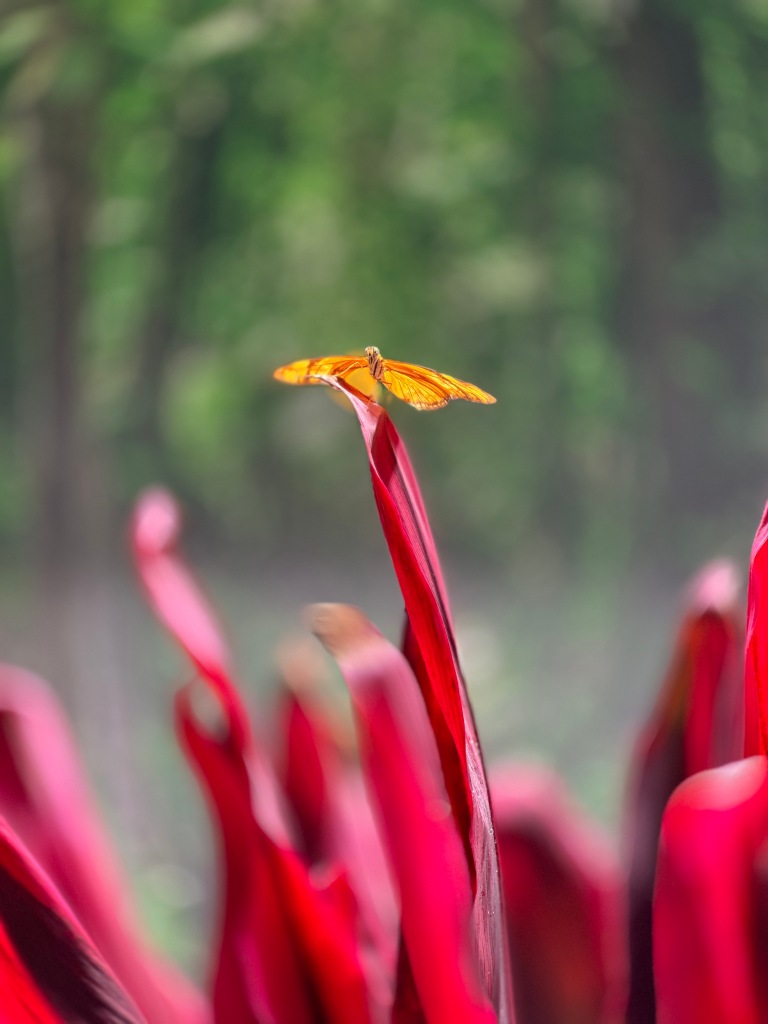This article is from The Smithsonian Magazine. Here are excerpts:
Akito Kawahara has spent his life devoted to lepidoptera. Now he’s correcting the record on where they first evolved
Most scientists thought they evolved in Australasia, but it seems most likely that the first butterflies appeared in North and Central America. The ancestor of butterflies was a nocturnal moth that became day-flying here, 101.4 million years ago.
Processing more than 370 million individual DNA pieces, or nucleotides, through models of DNA evolution, the supercomputers calculated the best hypothesis or probability of the butterfly evolutionary tree; then, based on dating and fossils, they estimated the age of every possible branch in the tree.
The result is a beautiful, elaborate diagram that looks more like a wheel than a tree. Besides the breakthrough discoveries into where and when butterflies originated, it demonstrates that 36 tribes of butterflies need to be reclassified—and supports Kawahara’s 2019 hypothesis on how and why moths started flying in the day. Since the oldest intact fossilized butterfly was 55 million years old, and bats evolved in the same era, many scientists had thought that a group of moths became day-flying to escape bat predation. Now we know, thanks in large part to Kawahara’s revelatory work, that butterflies originated over 100 million years ago—some 35 million years before bats. Kawahara thinks that it was bees, not bats, that caused the advent of day-flying moths.
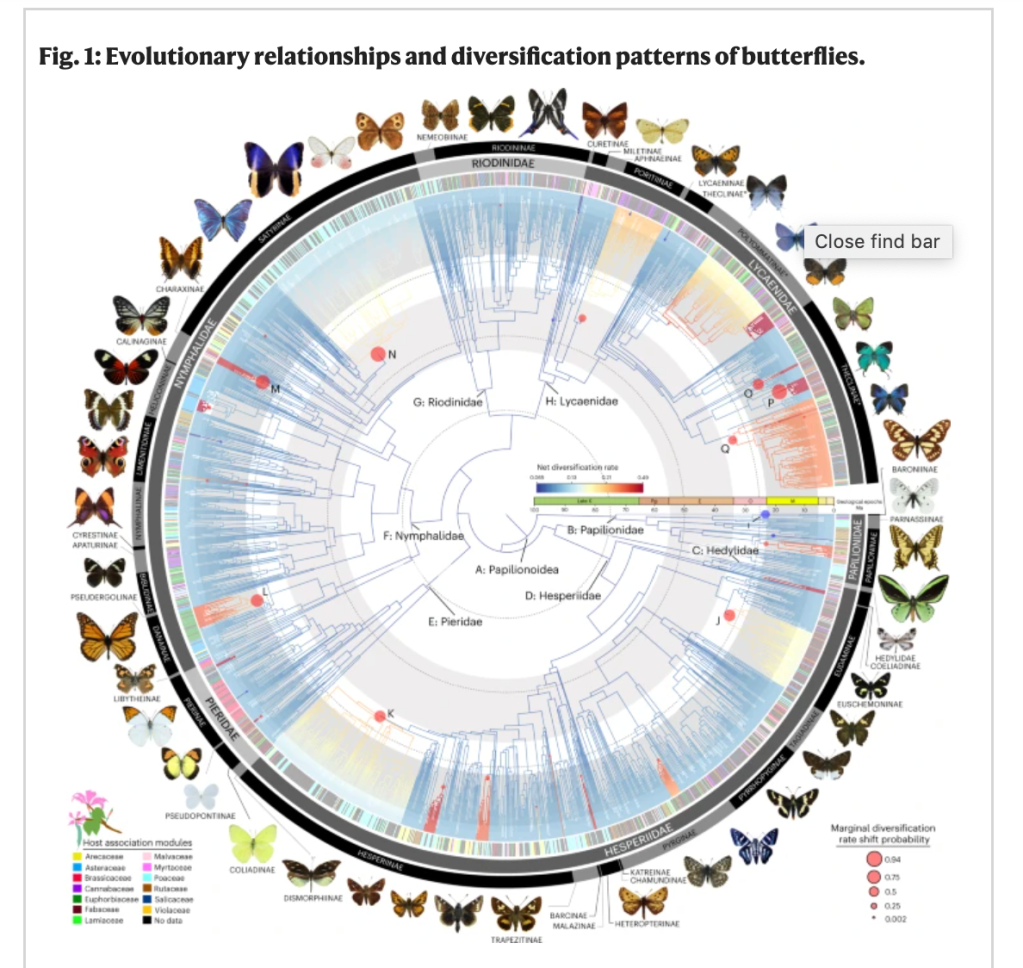
This paragraph was included in the article. Already knew this!
Asked why some butterflies became so beautifully colored, Kawahara offers three generally agreed-upon reasons. “They’re displaying their chemical defense to predators, so birds and lizards, when they see a bright red butterfly, they think, ‘No, I’m not going to eat this thing because it’s toxic.’ Then there’s mimicry. Many butterflies look like the brightly colored toxic ones, but they’re not chemically defended. And lastly for mating. They use their colors to flash and display to the opposite sex.”

